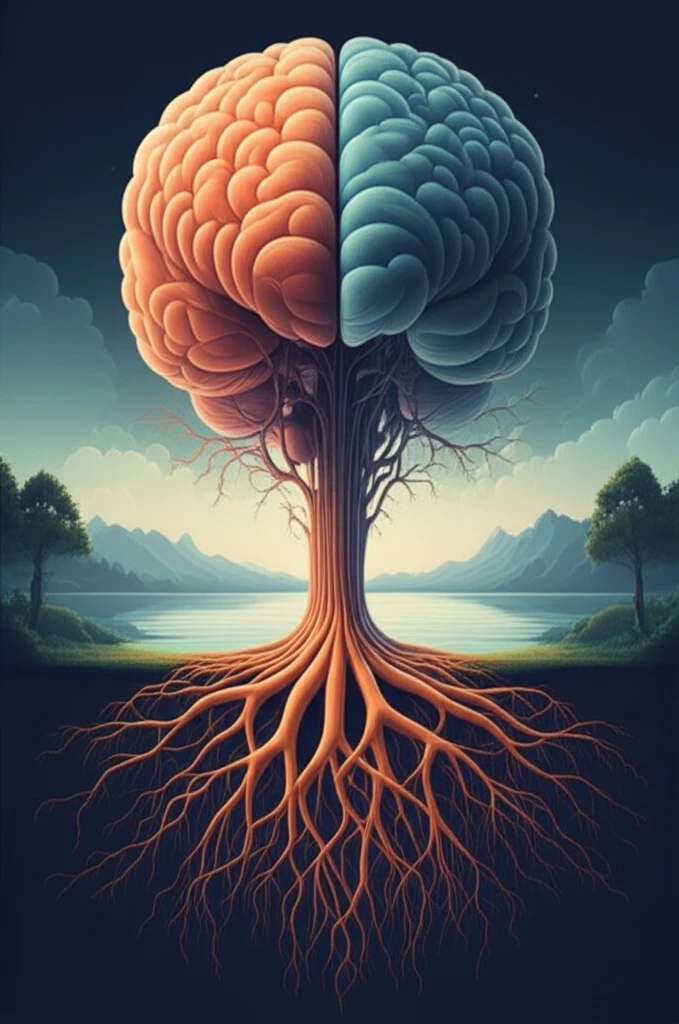
Beyond the Blues: Can Antidepressants Do More Than Just Lift Your Mood?
"Exploring the Surprising Pain-Relieving Potential of Antidepressants and How They Interact with Your Body"
When we think of antidepressants, images of lifted moods and a brighter outlook often come to mind. But what if these medications held a secret power, a hidden ability to soothe physical pain? For years, research has hinted that antidepressants, designed to treat mood disorders, might also play a significant role in pain management. This article delves into this fascinating intersection, exploring how antidepressants work to alleviate pain and what this means for those suffering from chronic conditions.
The journey of pain perception is complex. When a noxious stimulus—think of a stubbed toe or a burn—occurs, our peripheral nociceptor fibers spring into action. These specialized sensory neurons translate the initial irritation into electrical signals, which then travel to the dorsal horn of the spinal cord. From there, the message ascends through central fibers to the brainstem, thalamus, and cerebral cortex, where the sensation of pain is ultimately processed and perceived.
Our bodies possess built-in mechanisms to modulate this pain response. Descending inhibitory pathways, both direct and indirect, play a crucial role. Direct pathways utilize substances like gamma-aminobutyric acid (GABA), opioids, and cannabinoids to dampen pain signals. Indirect pathways involve neurotransmitters such as 5-Hydroxytryptamine (serotonin), noradrenaline, and acetylcholine. Furthermore, the modulation of sodium and calcium channels can also contribute to pain relief. It's within this intricate network that antidepressants exert their influence, offering a potential avenue for overcoming and relieving various pain syndromes.
How Do Antidepressants Tame the Pain?

Antidepressants have demonstrated analgesic activity in various animal pain models for many years. They are now frequently employed to treat chronic pain disorders, including diabetic neuropathy, post-herpetic neuralgia, headaches, cancer, chronic back pain, and phantom limb pain. Interestingly, the doses required for pain relief are often lower than those used to treat depression, suggesting that the analgesic effect is distinct from the antidepressant effect. This opens up a world of possibilities for managing pain with lower doses, minimizing the risk of side effects typically associated with higher antidepressant dosages.
- Tricyclic Antidepressants (TCAs): Like amitriptyline, these drugs block the reuptake of both serotonin and norepinephrine.
- Selective Serotonin Reuptake Inhibitors (SSRIs): Such as fluoxetine, primarily target serotonin levels.
- Serotonin-Norepinephrine Reuptake Inhibitors (SNRIs): Medications like duloxetine affect both serotonin and norepinephrine.
The Future of Pain Management: A Holistic Approach
The research into antidepressants and their pain-relieving capabilities highlights the complexity of pain management. It suggests that a holistic approach, considering both mental and physical well-being, may be the most effective way to treat chronic pain conditions. As we continue to unravel the intricate mechanisms by which these medications work, we move closer to developing more targeted and effective pain therapies.
